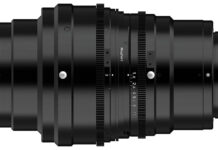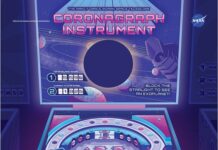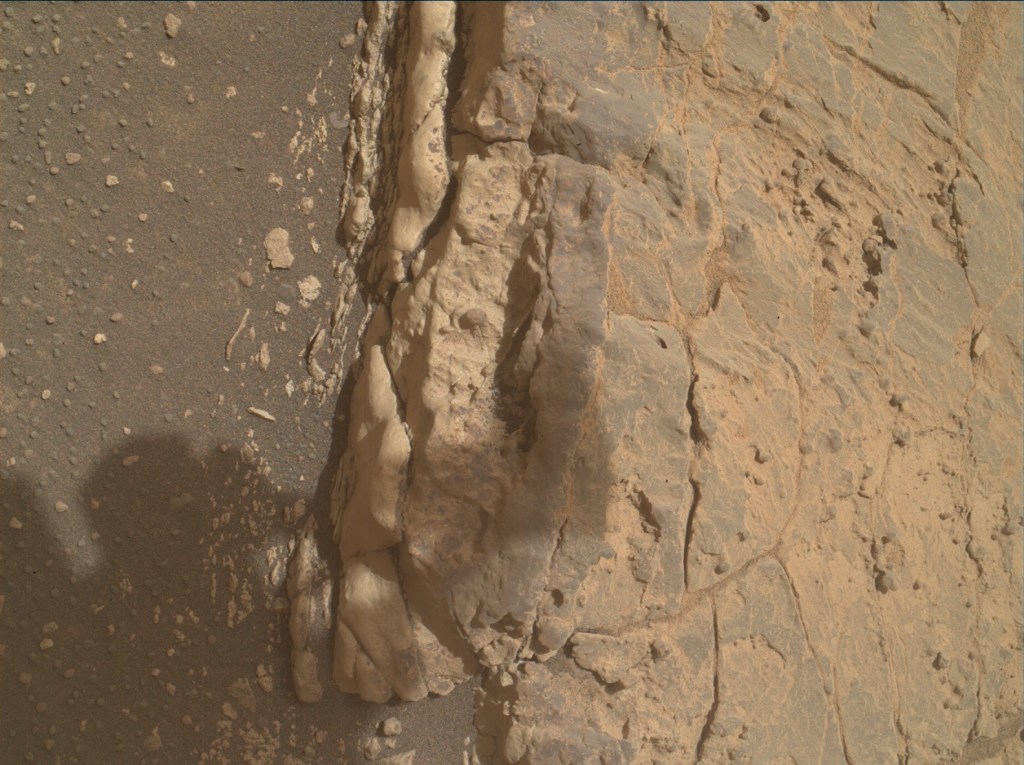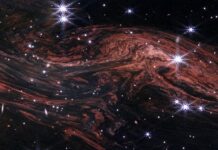A Glimpse of Mars: Curiosity Rover Captures Stunning Images and Celestial Events
Date of Publication: September 5, 2024
Author: Emma Harris, Graduate Student at Natural History Museum, London
—
NASA’s Mars rover Curiosity continues to amaze with its groundbreaking discoveries and stunning images captured on the Martian surface. On sols 4295 to 4296 (Martian days), Curiosity’s Mars Hand Lens Imager (MAHLI) used an onboard focusing process to create a composite image of the Martian terrain, capturing not just the geology around the rover but also aiming to record a celestial event involving Mars’ moon, Phobos, in conjunction with Earth. This article delves into the details of these discoveries and the technological prowess that enables such feats.
The Marvels of MAHLI and Focus Merging
What is MAHLI?
The Mars Hand Lens Imager (MAHLI) is one of the key instruments aboard the Curiosity rover. It’s located on the turret at the end of the rover’s robotic arm and functions much like a geologist’s hand lens, capturing fine details of rocks, soil, and dust on Mars. MAHLI is equipped to take high-resolution, close-up images of the Martian surface, providing scientists back on Earth with invaluable data.
Focus Merging: A Technological Triumph
Focus merging is a technique used to combine multiple images taken at different focus positions into a single image where all elements are in sharp focus. This method allows for a more detailed and comprehensive view of the Martian surface. On September 4, 2024, or sol 4294, Curiosity performed a focus merge at 06:30:48 UTC. This process involved merging two to eight images to create a composite that reduces the number of images that need to be sent back to Earth.
Why is Focus Merging Important?
Focus merging serves two primary purposes:
- Enhanced Image Quality: By combining images taken at different focus points, the resulting composite image brings as many features as possible into sharp focus. This allows scientists to study the Martian surface in greater detail.
- Data Efficiency: Each focus merge produces two images—a color best-focus product and a black-and-white image that helps estimate focus positions. Despite merging multiple images, only two images are sent back to Earth, optimizing data transmission and storage.
Capturing a Celestial Event: Phobos in Conjunction with Earth
The Event
In addition to its routine geological assessments, Curiosity’s Mastcam team planned to capture a unique celestial event. Phobos, one of Mars’ moons, was set to be in conjunction with Earth on the evening of the first sol of this plan. This rare alignment offers a unique opportunity to observe both celestial bodies from the Martian surface.
The Significance
Capturing such events not only provides breathtaking images but also offers valuable data for scientists studying the dynamics and orbits of Martian moons. It also adds a human touch, as people on Earth can look up and realize they share a moment with a robotic explorer millions of miles away.
Detailed Geological Survey: Bedrock and Beyond
Targeting Bedrock Colors and Tones
In the current plan, there’s a focused effort on targeting different colors and tones visible in the Martian bedrock. The image captured by MAHLI shows varying tones, including gray, lighter, and tan-colored areas. These differences are crucial for understanding the composition and history of the Martian surface.
Specific Targets
- Campfire Lake: A lighter-toned area targeted by the Alpha Particle X-ray Spectrometer (APXS).
- Gemini: A gray-toned area situated in front of the rover, also targeted by APXS.
- Crazy Lake and Foolish Lake: Both sites appear to have lighter tones and will be examined using ChemCam’s Laser-Induced Breakdown Spectroscopy (LIBS).
Mastcam’s Role
Mastcam is documenting the entire area with a workspace mosaic and an 8×2 mosaic of "Picture Puzzle," a rock named during a previous plan. Additionally, Mastcam will capture a 6×3 mosaic of an outcrop named "Outguard Spire," which features an interesting gray rim.
Long-Distance Observations
ChemCam has planned a long-distance Remote Micro-Imager (RMI) shot of the yardang unit, while Navcam will take a suprahorizon movie and conduct a dust-devil survey to continue studying the Martian atmosphere.
Additional Insights and Reactions
Scientific Community’s Reaction
The scientific community eagerly anticipates the data and images from these sols. The focus merging technique, in particular, has been lauded for its ability to provide detailed, high-quality images while optimizing data transmission. This efficiency is crucial for long-term missions where data bandwidth is limited.
Public Interest
Public interest in Mars missions remains high, driven by the stunning images and the human-like curiosity that these robotic explorers embody. Events like the Phobos-Earth conjunction captured by Curiosity offer a connection between Earth and Mars that resonates with people worldwide.
Exploring More About Mars
Mars: The Red Planet
Mars, often referred to as the Red Planet, is the fourth planet from the Sun and the seventh largest in our solar system. It’s the only planet where we have sent rovers to explore its surface, revealing a world that once had liquid water and possibly the conditions for life.
Resources and Further Reading
For those interested in diving deeper into Mars exploration, NASA offers a wealth of resources:
- Mars Missions: Learn about other missions like Mars Perseverance Rover, Mars Sample Return, and MAVEN.
- Multimedia: Explore raw images, videos, and audio recordings from Mars.
- Science Goals: Understand the objectives driving Mars exploration, from studying its climate and geology to searching for signs of past life.
Conclusion
The Curiosity rover continues to push the boundaries of what we know about Mars. From capturing stunning images through advanced focus merging techniques to observing rare celestial events, Curiosity’s mission offers a fascinating glimpse into the complexities of the Red Planet. As we await more data and images, the importance of these missions in expanding our understanding of Mars cannot be overstated. Whether you’re a scientist, a student, or simply a space enthusiast, the discoveries from sols 4295 to 4296 are a testament to human ingenuity and our relentless pursuit of knowledge.
For more detailed updates and to explore the plethora of resources available, visit NASA’s official Mars exploration page and stay tuned for more exciting discoveries from the Curiosity rover.
For more Information, Refer to this article.

































